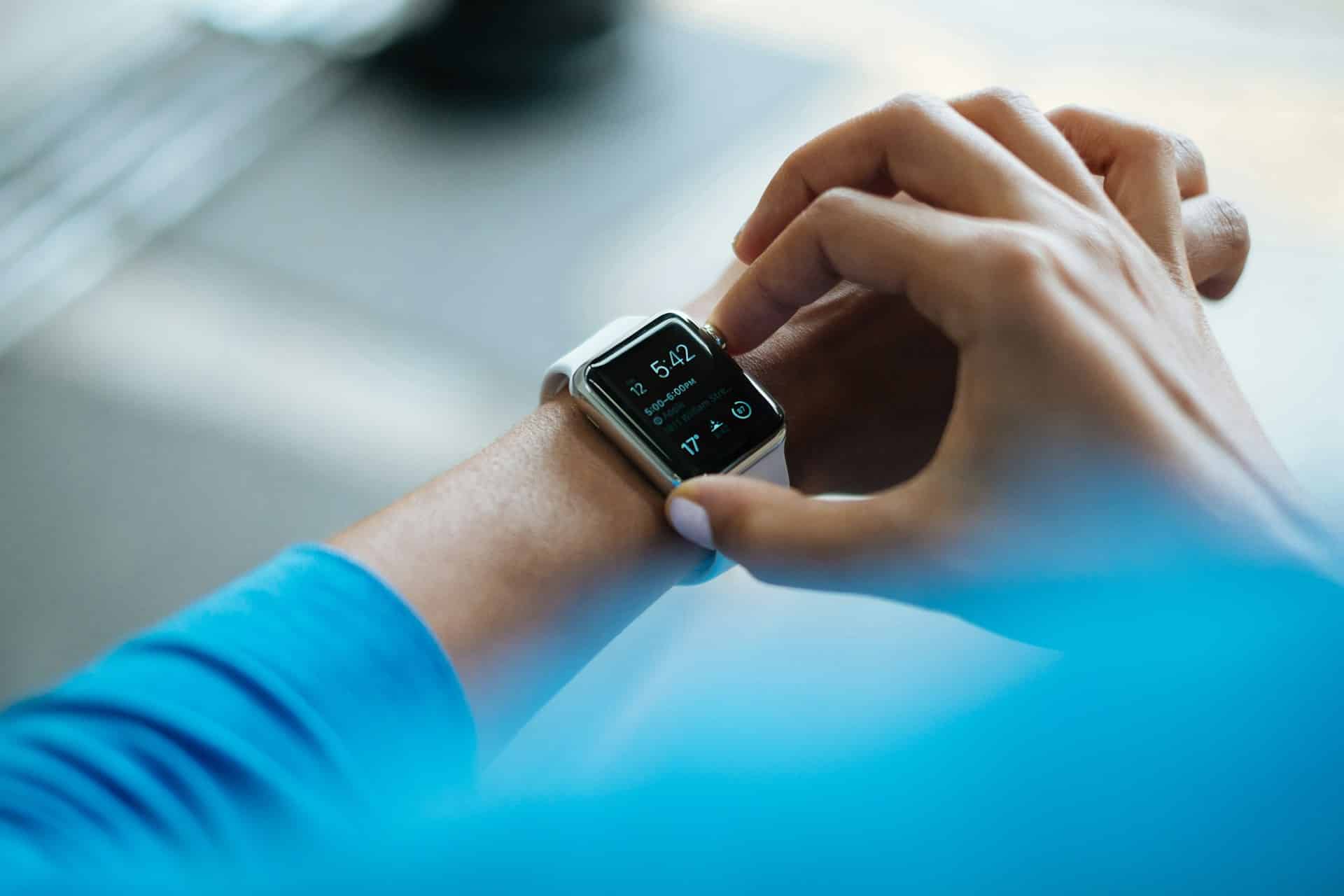What Are the Benefits and Challenges of Incorporating Wearable Exoskeletons in Post-Stroke Rehabilitation?

The world of rehabilitation is continually evolving, opening new doors for stroke patients. A standout amongst these advancements is the incorporation of wearable exoskeletons in rehabil therapy. These devices are not just a product of sci-fi films anymore, but a reality that offers some exciting possibilities. Exoskeletons represent a significant leap in rehabil technology, potentially revolutionizing the way stroke patients rebuild strength and regain their independence. However, they also bring a new set of challenges to the table.
Let’s delve deeper into understanding the benefits and challenges of integrating exoskeleton devices into post-stroke rehabilitation.
Additional reading : How Can Mindful Walking in Nature Parks Enhance Emotional Well-being?
The Impact of Wearable Exoskeletons on Post-Stroke Rehabilitation
Post-stroke rehabilitation is a crucial phase in a patient’s recovery journey. It is during this phase that patients relearn basic motor skills like walking or hand movements, lost due to the stroke. The integration of wearable exoskeletons in this phase can have transformative effects.
Wearable exoskeletons are robotic devices designed to be worn by the patient, offering mechanical support and enhancing the wearer’s natural abilities. These devices provide a framework for the body to move, helping patients to regain mobility and independence. They can be used to support different parts of the body, such as the hand or lower limbs, thus aiding in gait training.
Also to see : How Can Telehealth Services Improve Access to Mental Health Care in Remote Areas?
Research data from Pubmed and Crossref suggest that the use of exoskeletons in rehabilitation can drastically improve the recovery process for stroke patients. The devices not only assist in physical therapy but also provide patients with a sense of empowerment, boosting their confidence and motivation to recover.
The Benefits of Using Exoskeletons in Rehabilitation
Exoskeletons present numerous advantages when used in rehabilitation. These benefits extend beyond the physical aspects of training, offering psychological advantages as well.
Exoskeletons provide a safe and effective method for gait training. They give the wearer an opportunity to practice walking without the fear of falling, enhancing their confidence. Furthermore, these devices can be adjusted to fit the specific needs of the patients, allowing for a personal and targeted approach to rehabilitation.
Moreover, exoskeletons turn rehabilitation into a more interactive process. They engage patients, keeping them motivated throughout their recovery journey. According to a study conducted by Google Scholar, the interactive nature of these devices has had positive effects on patient engagement and satisfaction.
The Challenges of Incorporating Exoskeletons in Rehabilitation
As promising as the use of exoskeletons in rehabilitation might seem, the implementation of these devices is not devoid of challenges.
One of the significant issues is the high cost of the exoskeletons. Not all patients can afford these devices, making it challenging to make them a standard part of stroke rehabilitation. Furthermore, the design and maintenance of these devices also pose a significant challenge. They need to be comfortable, lightweight, and able to withstand daily wear and tear.
Another challenge is the acceptance of these devices by the patients. While some patients might be eager to use exoskeletons, others might be intimidated by the technology. As such, proper training and support are necessary to ensure the successful integration of these devices in rehabilitation.
The Future of Exoskeletons in Rehabilitation
Despite the challenges, the future of exoskeletons in rehabilitation looks promising. With advancements in technology and design, it is expected that these issues will be resolved, making exoskeletons more accessible and effective.
The incorporation of artificial intelligence in the design of these devices is opening new avenues. AI-powered exoskeletons can adapt to the specific needs of the patients, offering a more personalized approach to rehabilitation. Furthermore, research on the long-term effects of using these devices is underway, promising to provide more insight into the effectiveness of exoskeletons in stroke rehabilitation.
The potential of exoskeletons in rehabilitation is immense, but the journey to make them a standard part of rehabilitation is still ongoing. With further research and development, it is likely that these devices will become a common sight in rehabilitation centers, offering stroke patients a more efficient and effective way to regain their strength and independence.
The Role of Research in Advancing Exoskeleton Technology
The role of research in advancing exoskeleton technology cannot be overstated. Given the potential benefits and the current challenges of incorporating exoskeletons into post-stroke rehabilitation, ongoing research is indispensable. In this context, resources such as Google Scholar, Pubmed Central, and Crossref Medline have been instrumental in providing access to a wealth of information that contributes to the development and improvement of this technology.
Studies derived from these databases have provided valuable insights into how exoskeletons can be better designed to suit the needs of stroke patients. For example, researchers have been exploring how to make these devices more lightweight and comfortable, thus addressing one of the significant challenges in their implementation. Moreover, research also plays a crucial role in assessing the effectiveness of these exoskeletons in improving the patients’ gait and upper extremity functions.
In terms of addressing the high cost of these devices, researchers are exploring more affordable options like the use of 3D printing technology. Additionally, funding from research grants and public-private partnerships are being explored to offset the cost.
Research has also been instrumental in the integration of AI and virtual reality into exoskeleton technology. AI-powered exoskeletons promise to offer a more personalized approach to rehabilitation, while the use of virtual reality, in conjunction with exoskeletons, could turn rehabilitation exercises into an engaging, game-like experience, thus increasing patient motivation and satisfaction.
Conclusion: The Journey Towards Making Exoskeletons a Standard in Post-Stroke Rehabilitation
The journey to making exoskeletons a standard part of post-stroke rehabilitation is a challenging yet promising one. The benefits of these devices, from improving patient mobility to increasing their confidence, are undeniable. However, the road to full-scale implementation is not without its hurdles.
High costs and design challenges are significant obstacles. Initiatives are underway to make these devices more affordable and comfortable for the patients, from exploring cheaper manufacturing methods to investing in research and development for better design options.
The acceptance of exoskeletons by patients is another hurdle to overcome. Ensuring patients understand how these devices work and how they can benefit from them is crucial. Hence, patient education and proper training are as important as the technological advancements of these devices.
In the end, with the ongoing research and development efforts, and with the invaluable contribution of resources such as Google Scholar, Pubmed Central, and Crossref Medline, the future of exoskeletons in stroke rehabilitation is bright. It is only a matter of time before these devices become a common sight in rehabilitation centers, providing a more efficient and effective way for stroke patients to regain their strength and independence.
